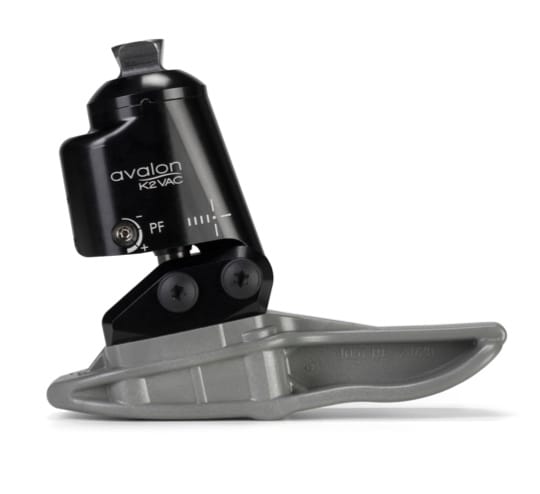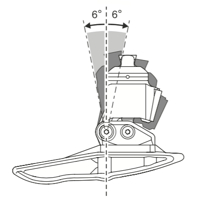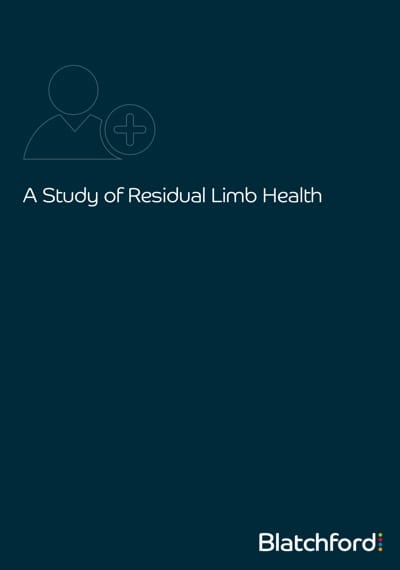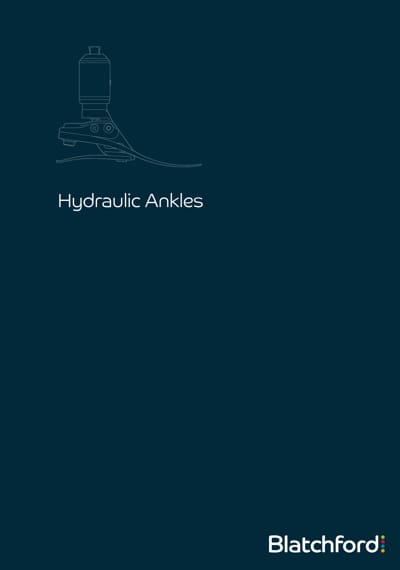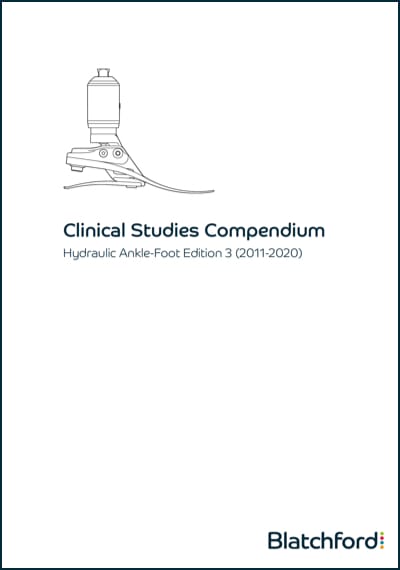AvalonK2 Unique Design

The Avalon range enhances walking confidence by hydraulically adjusting to inclines and self-aligning to secure the knee joint, to encourage good posture and joint position. This improves stability, helping to prevent falls and increases balanced limb loading to provide the best performance for limited community ambulators.
The main driving force behind advancing lower limb prosthetic technology in the 21st century is biomimetic design; reproducing the biomechanical performance of natural limbs. Inherent in this is recognising that different demographics of the amputee population have different biomechanical requirements, and that the engineering principles behind different devices must accommodate for this.
With over 130 years of innovation and expertise in lower limb prosthetic technology our award-winning prosthetic products are designed with the patient in mind.





